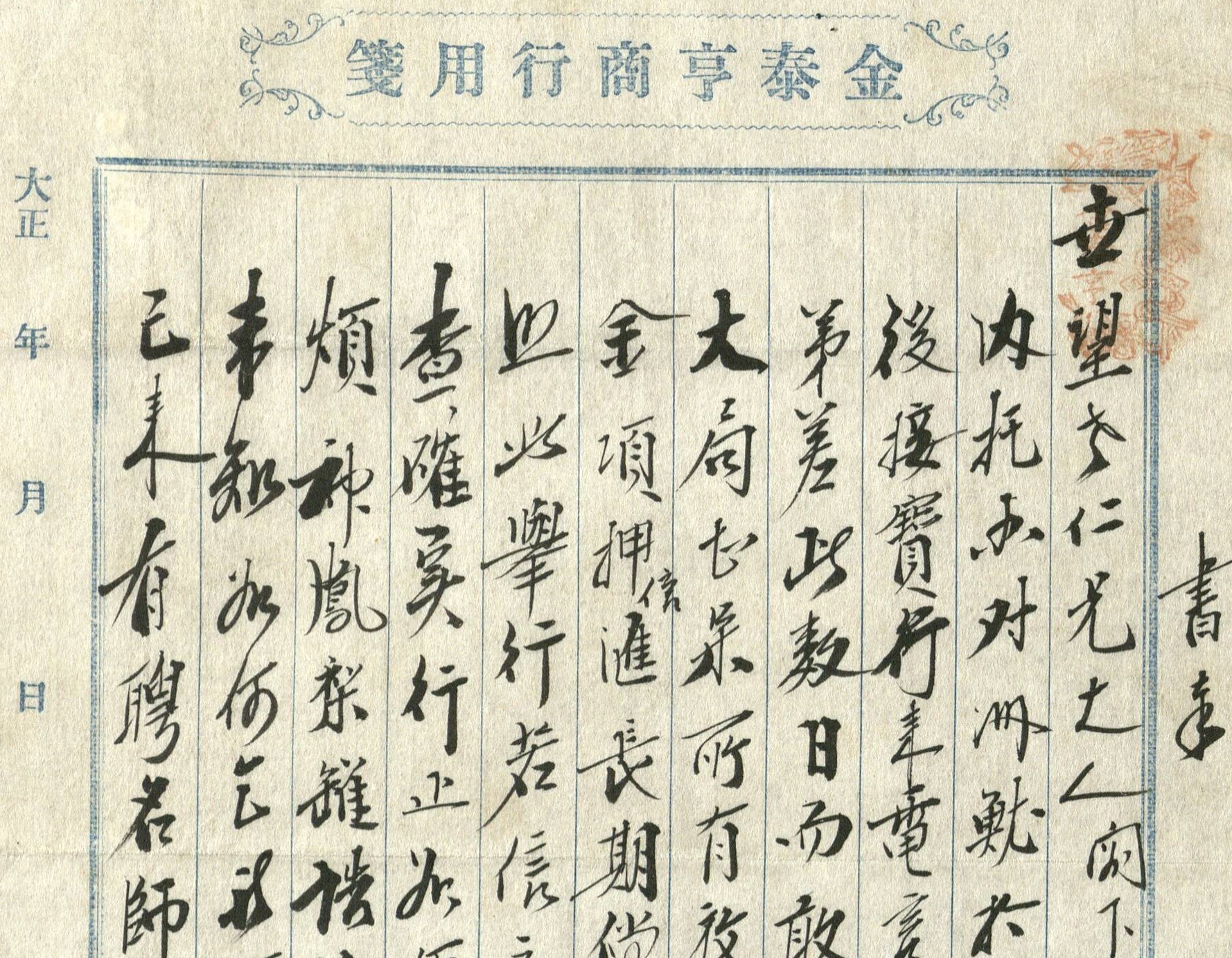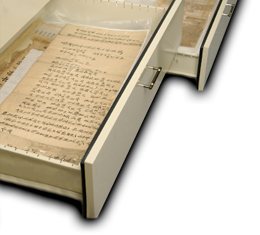
Publication date: 2013 The Chinese enterprise Tai-yi-hou in Nagasaki,was established in the beginning of the 20th century. Its commercial trade network crossed East-Asia including the treaty ports in Vladivostok, Korean Peninsula, coastline of China, Taiwan, Luzon, Malay Peninsula, etc. Tai-yi-hou’s customers were mainly Chinese merchants in Taiwan and Southeast Asia. Since Taiwan became the colony of Japan in 1895, the Japanese Government proactively increased economic and trade relationships between Japan and Taiwan. Within this context, Tai-yi-hou gained the upper hand in expanding its business to Taiwan with its advantageous location, language and culture. Among all Tai-yi-hou Papers, approximately 17,000 commercial letters sent from Taiwan were preserved until today, and around 10,000 of which were sent from stores in Dadaocheng. In the 20th Century, Dadaocheng was the transshipment port where Taiwanese wholesalers imported and exported products, commodities and groceries. Today, strolling on Dihua Street and Yanping North Road, some of the shophouses have been transformed into modern buildings, and some have become historical monuments. The aged architectures remain in reminiscent ambiance. A few old houses reveal signs of enterprises formerly resided. Let’s travel back in time by following the clues left by old houses, commercial letters of Tai-yi-hou and relative historical references and visit Tai-yi-hou’s customers in Dadaocheng: Zhuang-yi-fang Store, Guo-yi-mei Store and Jin-tai-heng Store. |
 |



